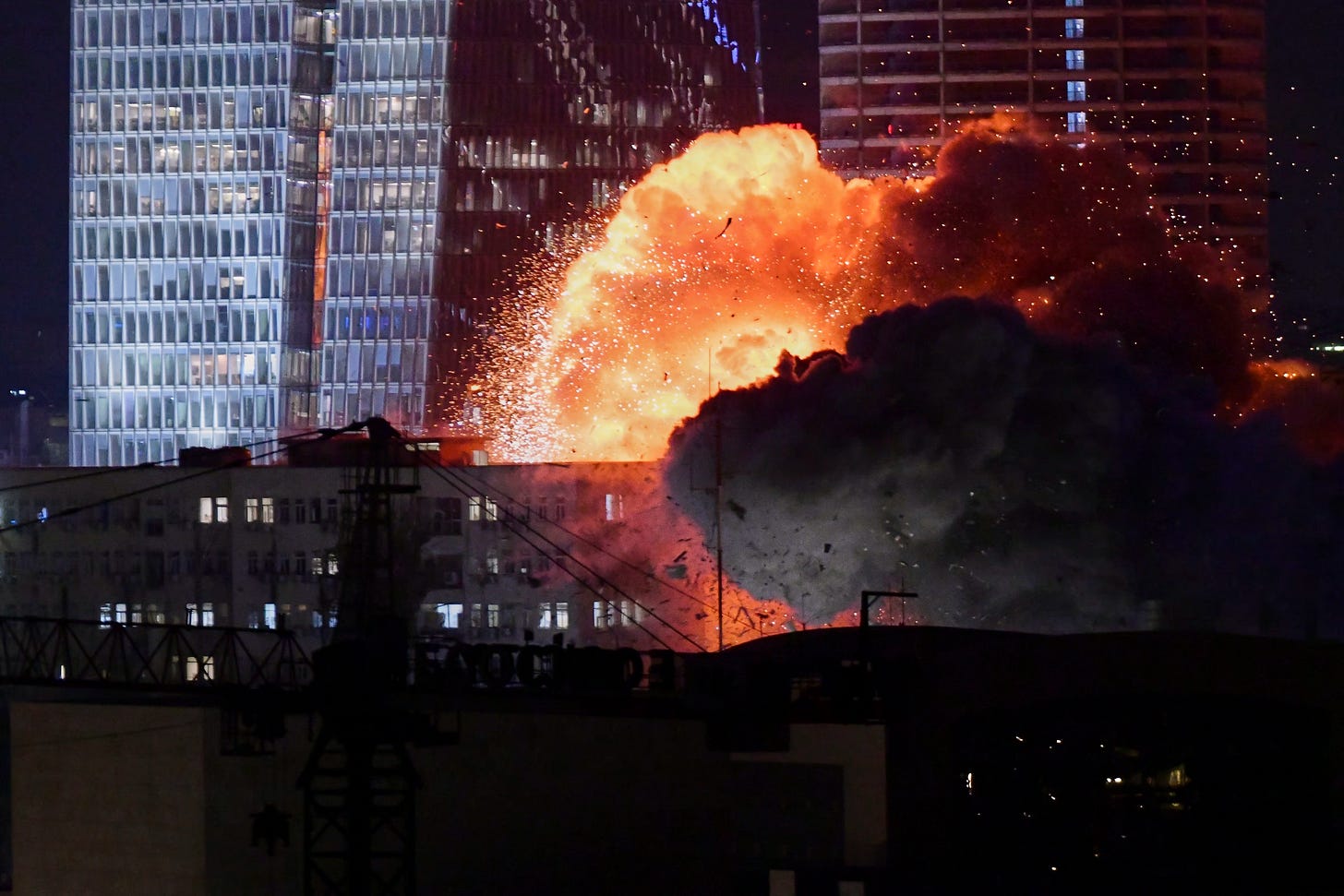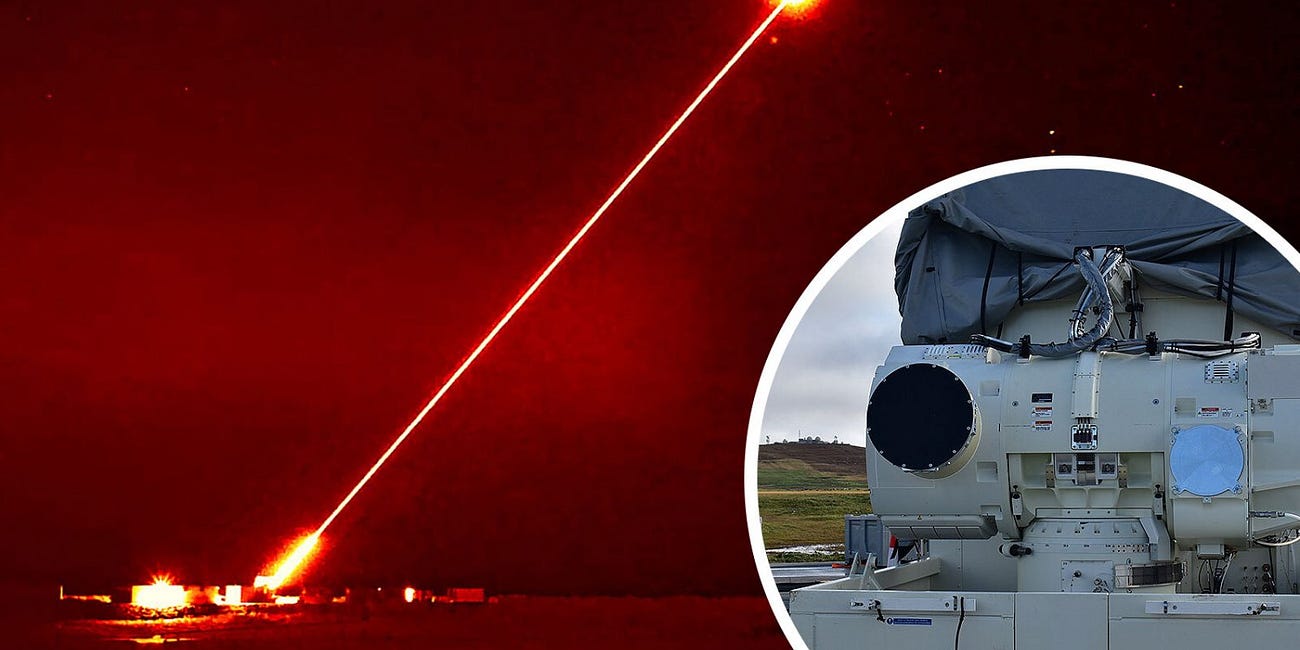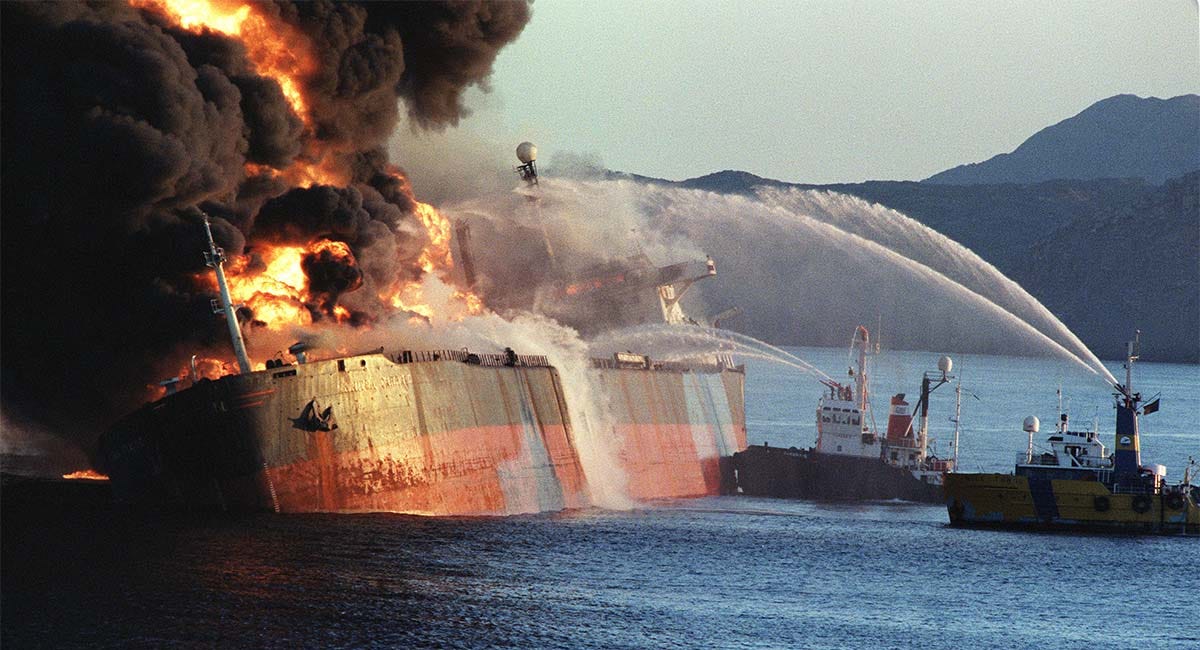Iran’s Strike on Israel Was No Bluff: Asymmetric Warfare, Psychological Impact, and Strategic Messaging
Tehran’s missile and drone barrage wasn’t just retaliation—it was a calculated move to overwhelm defenses, shape perception, and send broader regional signals.
Disclaimer: Most of you probably know I don’t do politics, here’s a reminder to those who don’t. This analysis seeks to unpack the strategic logic behind Iran’s recent missile strike—not to justify it, but to understand its operational and geopolitical implications.
This Iranian attack struck central Tel Aviv. Image source
Asymmetric warfare is as much about psychological impact as physical damage—and few actors wield it as precisely as Iran. Every ballistic missile, drone, and strike launched is calibrated to shape perception, not just inflict harm. This is warfare as narrative: escalation designed to control the story as much as the battlefield.
So while headlines call it ‘retaliation’ and some analysts dismiss it as symbolic, the truth is clearer: Iran’s attack on Israel was strategic, coordinated, and deeply calculated—a warning shot with global implications.
Tehran didn’t launch 200 ballistic missiles and 100 drones just to save face — it launched them to stress-test Israeli air defenses, expose vulnerabilities, and signal that Tehran can and will escalate across multiple domains.
This wasn’t a slap. It was a rehearsal.
The strike
Layered complexity: Iran launched a massive, multi-domain strike on the evening of June 13, firing some 200 ballistic missiles and more than 100 Shahed-style drones in four waves — blending high-speed missiles, cruise, and loitering munitions in a coordinated offensive. The apparent intent was to strategically saturate Israeli air defenses, forcing early interceptor launches and probing for vulnerabilities.
Integrated targeting: The deployment of drone swarms alongside ballistic waves was timed to stretch Israel’s defense systems thin. This tactic generated diversionary smokescreens, disrupted telemetry, and allowed missiles to punch through during critical windows.
High-volume execution: The sheer scale of the attack — combining missiles and drones — exceeded mere signal strikes. Instead, it functioned as an active reconnaissance-flanked offensive, deliberately mapping interception gaps and performance limits of Israeli defenses.
Real Impact, Real Casualties
This wasn’t the first coordinated attack of its kind: Iran’s April 2024 attack included strikes on Nevatim Airbase, where Israel houses its F-35I squadrons. Although the attack caused minimal damage, the fact that an Iranian munition landed in one of the most secure airspaces on the planet was nonetheless shocking.
This time, Iran heightened its signal, delivering impacts across multiple urban centers. At least one missile struck the Kirya military complex, known as the ‘Israeli Pentagon’, in central Tel Aviv. Israeli media outlets report at least three civilian deaths and 172 injuries thus far. Although this figure is far from the death toll inflicted during Israel’s previous attack on Iran, it is a significant escalation compared to Iran’s previous two attacks from last year.
Iran’s strike exposed key vulnerabilities in Israel’s air defense systems. Despite intercepting the majority of threats, a combination of ballistic missiles and drones overwhelmed the multi-layered shield—including Iron Dome and Arrow. U.S. systems like THAAD and Patriot were also activated to assist, but the sheer volume and sequencing of the attack revealed exploitable gaps.
This was not just retaliation—it was a strategic probe to test, map, and stress Israel’s defenses in real time.
Threat scope
Iran has demonstrated the ability to launch multiple waves of up to 100 ballistic missiles in a single coordinated operation. When paired with loitering munitions, cruise missiles, and long-range drones, these multi-domain salvos present a formidable challenge to even the most advanced air defense systems. This was not a symbolic response, but a calibrated stress test of Israel’s intercept capability. Moreover, there are no reports indicating that Iran used hypersonic missiles like the Fattah-1 in this strike. Their extreme speed and maneuverability would pose an even greater challenge to Israeli air defenses than the ballistic and loitering munitions deployed in this operation.
Estimates suggest Iran maintains a stockpile of approximately 3,000 ballistic missiles with ranges sufficient to strike anywhere in Israel, including critical infrastructure and population centers. This figure does not account for the substantial missile and drone arsenals held by Iran’s regional proxy network, which includes Hezbollah in Lebanon (although heavily degraded), Iraqi Shiite militias, the Houthis in Yemen, and the remnants of IRGC-backed groups in Syria. Together, these actors form a distributed and redundant launch architecture—capable of opening simultaneous fronts, saturating missile defenses, and stretching Israeli and U.S. assets across multiple theaters.
Iran’s demonstrated capacity to launch several successive waves—blending missile types and exploiting weaknesses in timing and coverage—suggests a strategic shift toward sustained confrontation, not just retaliation. If the latest strike was a live-fire rehearsal or a calibrated probe, then what we’ve just witnessed is likely only the beginning of a broader and potentially protracted threat architecture—one that is designed not just to retaliate, but to reshape deterrence across the region.
A regional signal
What we’re witnessing is a controlled burn — not yet a regional war, but a live-fire rehearsal between adversaries who understand escalation ladders.
Iran isn’t trying to destroy Israel, at least not yet. It’s trying to prove it can survive a direct confrontation — and hit back hard.
This strike wasn’t a bluff for the global stage. It was a message to:
Hezbollah: Your arsenal may be degraded, but our network holds—and we are prepared to escalate.
Iraqi militias: The quiet phase may be over - brace yourselves.
U.S. forces: We know where you are, and we’re watching. The next phase might not skip you.
Houthis: Stay ready. Prepare to increase attacks on Israel and maritime traffic.
Regional states: No one is neutral in this. If you host U.S. assets or enable Israeli movement, you are within range—geographically and strategically.
What Comes Next
Watch the airwaves — Iran may pause here, but it’s learned more about where the shield bends.
Watch Hezbollah and other proxies — their silence may be tactical, not submissive.
Watch the financial layer — gold, oil, and crypto flows are already reacting to the long-term risk of sustained conflict. Moreover, Iran’s global gray financial networks run deep and will likely react accordingly.
This wasn’t symbolic. It was methodical. It was strategic.
Need Strategic Clarity Amid Escalation?
If you’re a journalist, policymaker, compliance officer, or institutional analyst navigating the ripple effects of this conflict—from regional escalation to sanctions risk, financial flows, or proxy activity—I offer:
Custom intelligence briefs
Strategic forecasting for gray-zone conflict
Risk assessments for financial and operational exposure
Whether you need a one-off consultation or an ongoing analytical partner, I can help you stay ahead of fast-moving threats across the Middle East and beyond.
📩 Get in touch at info@btl-research.com
🛰️ Actionable insights. Tailored support. No fluff.
For more context, see some of my previous articles:
Air Defense Systems: Low-Cost Weapons Spur Experimental New Technologies
The British-developed DragonFire directed energy (DE) system remains untested in the battlefield, but will likely arrive in Ukraine soon. Image source
Iranian Nexus: How Sectarianism furthers Tehran’s Grand Strategy
The Singapore-flagged Norman Atlantic in the Strait of Hormuz after an Iranian attack in the 1987 Tanker War. Just one of many scenarios that could occur in the event of a broader escalation today. Source







A concise and informative article that presents Iran's strategies and capabilities. I'd rather overestimate their potential than believe otherwise. The IDF & Mossad have had the upper hand most recently, their biggest blunder currently was not protecting their key scientists and other leadership the moment the US announced they were withdrawing non-essential personnel.
Looking forward to your future reports.
This is written, or at least frameworked, by AI.